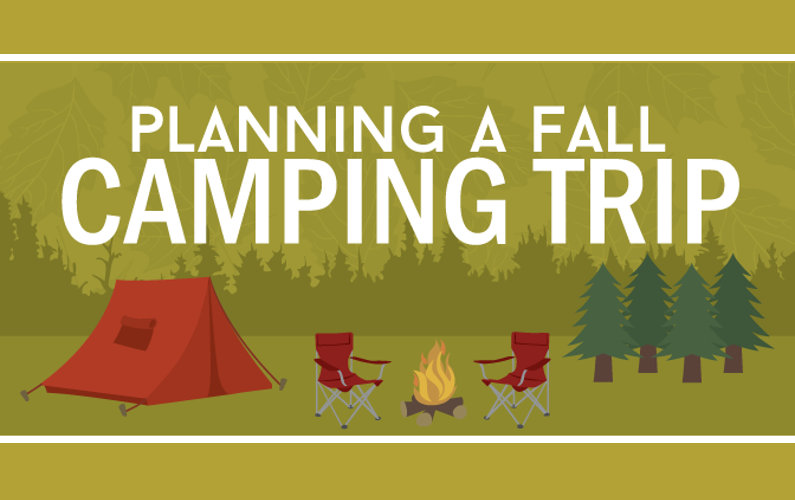Wintertime camping is an enjoyable and adventurous experience, yet it needs proper equipment to ensure you remain warm. You'll need a close-fitting base layer to catch your body heat, in addition to a protecting jacket and a water-proof shell.
You'll additionally require snow stakes (or deadman anchors) buried in the snow. These can be linked making use of Bob's brilliant knot or a normal taut-line drawback.
Pitch Your Camping tent
Winter season outdoor camping can be a fun and daring experience. However, it is important to have the proper equipment and recognize just how to pitch your camping tent in snow. This will avoid cold injuries like frostbite and hypothermia. It is also vital to consume well and remain hydrated.
When setting up camp, ensure to select a site that is sheltered from the wind and without avalanche threat. It is additionally a good idea to load down the location around your tent, as this will help reduce sinking from temperature.
Prior to you set up your tent, dig pits with the same size as each of the support factors (groundsheet rings and individual lines) in the center of the tent. Fill up these pits with sand, stones and even things sacks loaded with snow to portable and safeguard the ground. You might also want to consider a dead-man anchor, which includes connecting camping tent lines to sticks of timber that are hidden in the snow.
Load Down the Location Around Your Camping tent
Although not a need in the majority of locations, snow risks (additionally called deadman supports) are an excellent addition to your outdoor tents pitching package when outdoor camping in deep or pressed snow. They are primarily sticks that are designed to be hidden in the snow, where they will ice up and develop a solid support factor. For finest results, utilize a clover hitch knot on the top of the stick and bury it in a few inches of snow or sand.
Set Up Your Tent
If you're camping in snow, it is a good concept to make use of an outdoor tents made for wintertime backpacking. 3-season tents work great if you are making camp below timber line and not expecting specifically harsh climate, but 4-season camping tents have tougher poles and textiles and offer even more defense from wind and heavy snowfall.
Make sure to bring adequate insulation for your sleeping bag and a cozy, dry inflatable floor covering to sleep on. cotton canvas Blow up mats are much warmer than foam and aid prevent chilly places in your tent. You can likewise include an extra mat for resting or cooking.
It's also an excellent concept to set up your tent near a natural wind block, such as a group of trees. This will certainly make your camp much more comfy. If you can't find a windbreak, you can develop your own by excavating holes and hiding items, such as rocks, camping tent stakes, or "dead man" supports (old camping tent person lines) with a shovel.
Tie Down Your Tent
Snow risks aren't needed if you utilize the right strategies to secure your tent. Hidden sticks (perhaps collected on your strategy walking) and ski posts function well, as does some version of a "deadman" hidden in the snow. (The idea is to develop an anchor that is so strong you will not have the ability to draw it up, even with a lot of initiative.) Some suppliers make specialized dead-man anchors, however I like the simpleness of a taut-line hitch connected to a stick and afterwards hidden in the snow.
Be aware of the terrain around your camp, particularly if there is avalanche threat. A branch that falls on your tent could damage it or, at worst, harm you. Additionally watch out for pitching your tent on a slope, which can trap wind and cause collapse. A protected area with a low ridge or hill is much better than a high gully.
